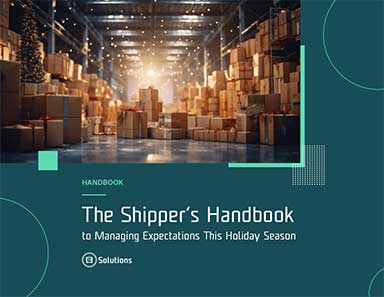While the freight industry is going through an extended lean patch in the market, the retail economy has remained quite resilient through the year, with the peak season not expected to coincide with any major fall in consumption. That said, there have been mixed reactions to the health of the consumer. FRED data on personal savings rate of the US consumer stands at 3.9% for Aug ‘23, which was over 10% through the pandemic period and comfortably above 6% in the pre-pandemic years.
On the other hand, monthly median US household savings remain at levels much higher than pre-pandemic for all income groups, based on data from Bank of America Institute. While the savings rate has decidedly fallen, the total expendable savings is at levels where consumers will not consider austerity for the forthcoming peak retail season.
For shippers, this year’s peak season might display a semblance of returning to normalcy from the pre-pandemic years on the supply side, as freight rates are not threateningly high nor are freight bottlenecks a problem with sourcing on time. And yet, forecasts clearly point to a less-pronounced peak season compared to the roaring retail demand peaks of the previous two years. Many shippers still face the challenge of dealing with bloated inventories due to over-ordered SKUs from the previous season.
The purpose of the handbook is to ensure shippers can stay operationally resilient during the upcoming peak season, while managing to attract new buyers and retain them over time. The annual year-end peak season is a litmus test for shippers looking to scale, as the season brings in a surge of heightened demand and critical revenue opportunities.
